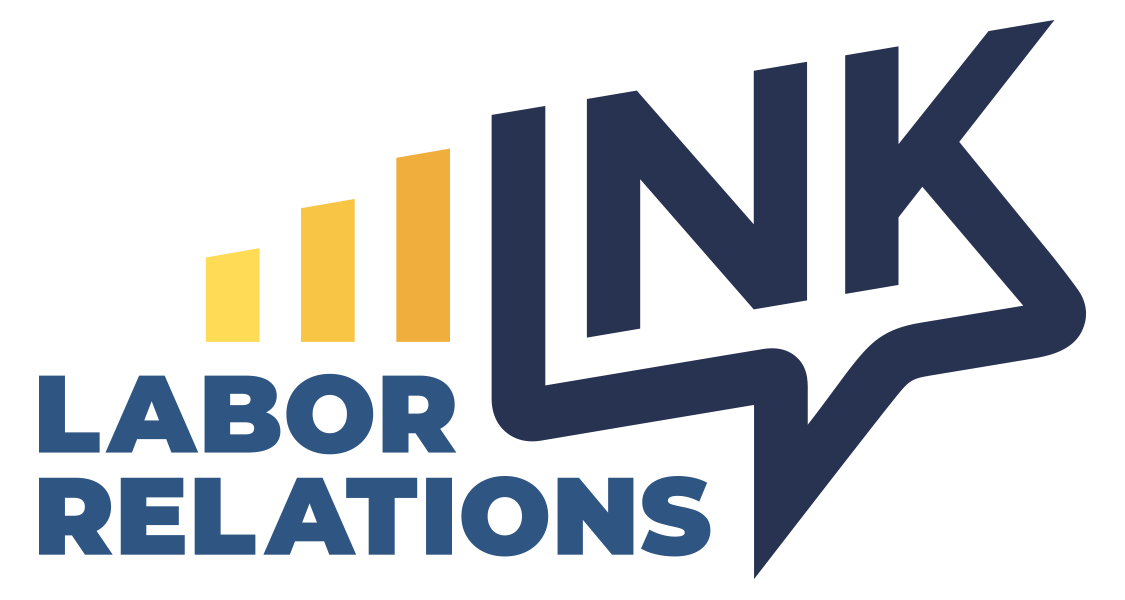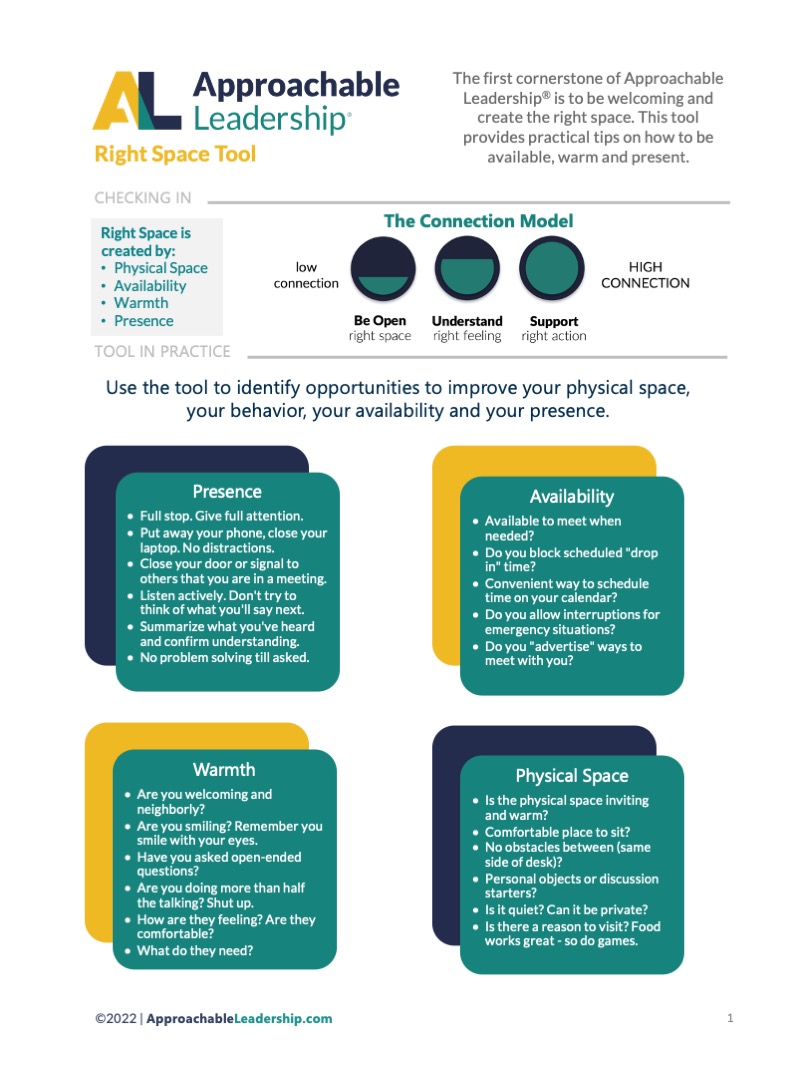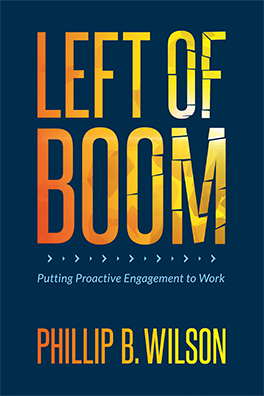Great leadership isn’t about barking orders or hoarding control. It’s about empowering your team, fostering trust, and creating an environment where everyone can thrive. But sometimes, we fall into leadership traps that hinder our team’s potential and create a toxic work environment.
Recognizing these traps is the first step to becoming a more effective leader. Here are five “red flags” that will help you recognize a leadership molehill before it becomes a mountain.
1. “I’ll Handle It”: The Trust Buster
Do you find yourself constantly taking over projects without consulting your team? This is a classic sign of a lack of trust. In The Leader-Shift Playbook, I discuss my own experience with this red flag. I did a terrible job delegating because I didn’t trust my team. This created bottlenecks and slowed down progress.
When leaders consistently jump in to “fix” things, they send a clear message: I don’t believe you can do this. This undermines team morale, stifles creativity, and prevents individuals from developing their skills.
2. “Can They Handle It?”: The Villain Assumption in Action
This red flag is the corollary of the first. When you question your team’s ability to handle a task, you’re likely falling into the Villain Assumption, which describes the tendency to view team members as potential problems rather than heroes.
Instead of asking, “Can they handle it?” shift your mindset. Ask yourself: What support do they need to succeed? This simple change in language reflects the Hero Assumption: the belief that everyone wants to be great and has the potential to contribute.
3. “I’m Too Busy”: The Isolation Trap
Leaders are busy people, but if you find yourself constantly buried in your own projects, neglecting to support and encourage your team, this is a red flag. It is critical to invest in relationships and be available to your team, even when it means carving out time in a packed schedule.
Remember, leadership isn’t a solo act. You need to be present and engaged with your team, offering guidance, feedback, and support. By prioritizing your own tasks over team development, you risk creating a disconnect that can lead to decreased morale and performance.
4. “We Need a Rule”: The Theory X Pitfall
Relying on rigid rules and a top-down approach is a hallmark of Theory X leadership, which assumes that employees are inherently lazy and need to be controlled. Theory Y leadership, on the other hand, assumes that employees are self-motivated and desire to do good work.
While some rules are necessary, too many rules stifle creativity and create a culture of fear. Instead of resorting to “we need a rule” whenever a problem arises, try engaging your team in finding solutions. This fosters collaboration, encourages ownership, and promotes a more positive and productive work environment.
5. Signs of Power Distance: The Communication Breakdown
Power distance refers to the relationship gap or fear some employees feel toward their leader. When power distance is high, communication breaks down, people hesitate to speak up, and essential information can be withheld.
Here are some signs of high-power distance:
- Team members are reluctant to share ideas or challenge the leader’s decisions (verbal gaps).
- The teammate shows signs like fidgeting or lack of eye contact, making them seem uncomfortable around the leader (physical gaps).
- There are “say-do” gaps that can mean that the individual is uncomfortable saying when they don’t know how to do something or don’t have time to do it (behavioral gaps).
Several strategies can reduce power distance, such as asking for advice, active listening, and vulnerability with your team. These actions foster trust and create a more collaborative and psychologically safe environment.
By recognizing these five red flags and embracing the Hero Assumption, you can transform your leadership style, empower your team, and create an extraordinary workplace.






